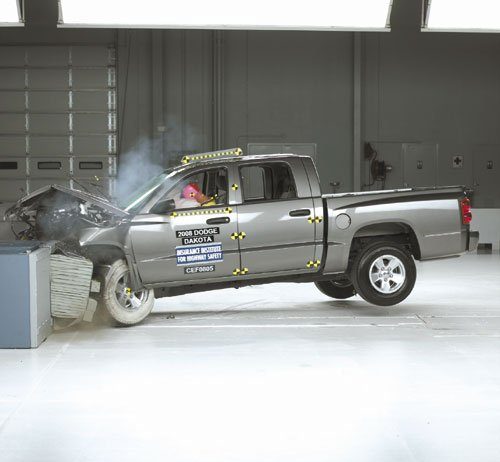Small businesses have more time to pay back rent
The Santa Clara County Board of Supervisors extended its eviction protections last week for small businesses, giving tenants more time to pay back rent due to financial losses caused by the Covid-19 pandemic.
Science writers answer questions about SCU, CZU fires
Last summer’s wildfires had Silicon Valley glued to its screens to track multiple blazes as they encroached from different directions.
‘Beauty’ shines through in latest SVCT show
It’s safe to say that Nicole Yarbrough knows more about “Beauty and the Beast” than the average person.
The Livermore resident will star as Belle, one of the leads in South Valley Civic Theatre’s upcoming performance of the classic Disney tale. Turns out, this will...
Billboard proposal is in early stages
A proposed 75-foot electronic billboard along Highway 101 would have less than significant impacts on the environment, a report concluded.
The public is invited to comment on the report and the proposed update to the city’s sign ordinance by Sept. 6 at 5pm.
In late 2020,...
Residents cite safety, aesthetics as top downtown Gilroy concerns
Business and city leaders have embarked on a “Jumpstart Downtown” campaign this year that plans to clean up blight along the Monterey Street corridor and assist property owners with reduced permitting fees.
New businesses slated to open this year include a group of breweries and...
The financial roller coaster of Gilroy Gardens
True or false: The City of Gilroy owns a tourist attraction business called Gilroy Gardens Family Theme Park. That’s false.
Local restaurant owner raises nearly $1M after partnering with Make-A-Wish
When a Gilroy man set about connecting the Black Bear Diner restaurant he owned with the Make-A-Wish Foundation, he didn't imagine the fundraising efforts from the company-wide initiative would be nearing the $1 million mark after just six years.
Campaign funding heats up as November approaches
Marie Blankley’s fundraising in the Gilroy mayoral race outpaced her opponent Reid Lerner, records show.
According to finance data submitted to the Gilroy City Clerk’s Office, Blankley raised $26,153 between July 1 to Sept. 19.
Lerner, meanwhile, raised $3,540 during the same time period, with $2,630...
Christopher field hockey peaking at the perfect time
The Christopher High field hockey team looks to be peaking at the perfect time—in the Central Coast Section playoffs.
Two days after a nail-biting win over Valley Christian in the opening round, the Cougars were dominant in a 5-1 victory over Hollister High on Wednesday....





















